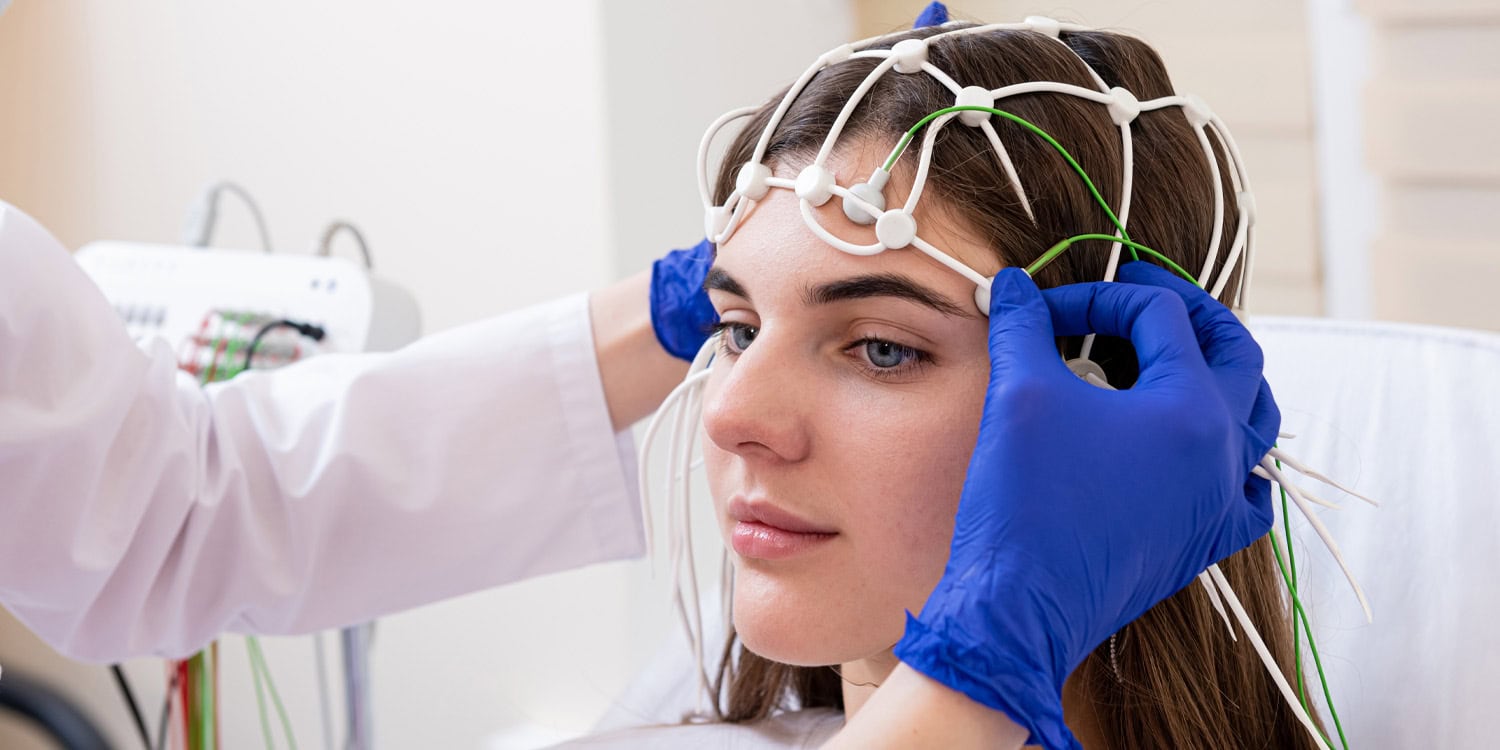A new study published in the Journal of Psychiatric Research has uncovered differences in brain activity patterns that could predict which women may develop post-traumatic stress disorder (PTSD) following sexual assault. By analyzing brain function soon after the trauma using electroencephalography (EEG), researchers found distinct connectivity patterns that emerged between those who later developed PTSD and those who did not. This discovery could lead to more targeted interventions to prevent the disorder from taking hold.
Post-traumatic stress disorder affects many individuals who have experienced trauma, but not everyone who undergoes a traumatic event will develop the disorder. Identifying those at risk for PTSD early on could dramatically improve treatment outcomes. Sexual assault survivors are particularly vulnerable to PTSD, with about half of all survivors developing the condition in their lifetime. Yet the precise neurobiological changes that contribute to the development of PTSD remain poorly understood.
This study focused on women who had recently experienced sexual assault, a group that is disproportionately affected by PTSD. The goal was to explore whether differences in brain connectivity soon after the trauma could predict who would later develop PTSD. The researchers hoped that by identifying these early indicators, interventions could be delivered more quickly to those most at risk.
The study included 33 women who had recently experienced sexual assault. These women were recruited from a sexual assault referral center within a month of the incident. All participants underwent EEG testing, which measures electrical activity in the brain, while in a resting state. This allowed the researchers to assess the brain’s functional connectivity—how different parts of the brain communicate with each other—without any external tasks or stimuli.
The women were then followed up three months after the initial trauma. At this point, a clinical interview was conducted to determine whether they had developed PTSD. Of the 33 participants, 12 were diagnosed with PTSD, while 14 did not meet the full criteria for the disorder. Seven participants were lost to follow-up and could not be included in the final analysis.
To compare the brain activity of these women, the researchers also included two control groups: one group of 25 women diagnosed with major depressive disorder, and another group of 25 healthy women with no history of trauma or psychiatric conditions.
The EEG data were analyzed to look for patterns in functional connectivity within specific regions of the brain, particularly those involved in emotional regulation and memory, such as the default mode network (DMN). This network is known to play a key role in how the brain processes internal thoughts and emotions, and previous research has suggested that its functioning might be altered in people with PTSD.
The results showed clear differences in brain connectivity between women who developed PTSD and those who did not. Specifically, those who went on to develop PTSD had reduced connectivity in certain regions of the brain shortly after the trauma. These differences were most pronounced in the beta frequency bands, which are associated with higher-level cognitive functions and emotional regulation.
Women who developed PTSD showed decreased functional connectivity in areas of the brain involved in memory and emotion processing, including the entorhinal cortex and the parahippocampal gyrus. These regions are known to be critical for processing traumatic memories and emotional responses, suggesting that disruptions in their connectivity may contribute to the development of PTSD.
Interestingly, the women who did not develop PTSD also showed some changes in brain activity. However, these changes were different from those observed in the PTSD group. For instance, they exhibited reduced connectivity in the frontal regions of the brain, which are associated with executive functioning and decision-making. This suggests that different brain processes may be involved in how individuals cope with trauma, with some patterns possibly helping to protect against the development of PTSD.
One of the most significant strengths of this study is its prospective design, which sets it apart from many other PTSD studies. By tracking brain activity in sexual assault survivors within a month of the trauma and then following up three months later, the researchers were able to observe how early neurobiological changes are linked to the later development of PTSD. This design offers a clearer view of causality, as it allows researchers to identify patterns in brain activity that emerge before PTSD is diagnosed, rather than relying on retrospective data from individuals who already have PTSD.
But it is important to note that EEG is only one tool for measuring brain activity, and it has certain limitations compared to other imaging techniques such as functional magnetic resonance imaging (fMRI). While EEG offers excellent temporal resolution, meaning it can capture very fast changes in brain activity, it has lower spatial resolution, making it harder to pinpoint the exact location of brain activity. Combining EEG with other imaging techniques could provide a more detailed picture of the brain’s response to trauma.
In addition, the sample size was relatively small, with only 33 women in the study and seven of them lost to follow-up. This makes it difficult to generalize the findings to all sexual assault survivors. Future studies with larger and more diverse samples will be needed to confirm these results.
“In conclusion, this study highlights the importance of early assessment and interventions for sexual assault survivors who are at risk of developing PTSD,” the researchers wrote. “However, given the limitations mentioned above, it is necessary to replicate the findings in larger samples, including men and individuals from different cultural and geographic backgrounds, and to perform follow-up assessments to fully understand the longitudinal changes in brain function in PTSD patients. Further research is also needed to identify the most effective treatments for PTSD and to understand the underlying mechanisms of these treatments.”
The study, “A prospective study on EEG default mode network associated with subsequent posttraumatic stress disorder following sexual assault,” was authored by Su Mi Park, Jun-Young Lee, Jung-Seok Choi, and Hee Yeon Jung.




